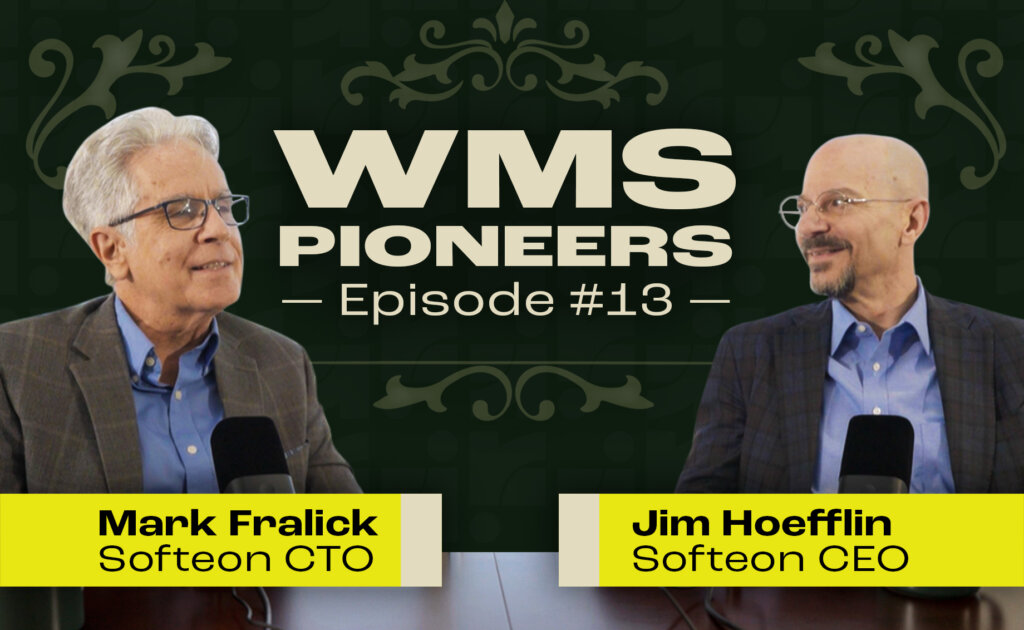09.15.20
Following these guidelines can boost your chances for a successful WMS implementation.
While warehouse management systems can provide many benefits, implementing one carries risks.
“A WMS can put a company out of business if it’s the wrong vendor or solution, or it can propel a business
ahead of the competition,” says John Reichert, senior director, SCE solutions with Tecsys, a supply chain technology provider. Follow these steps for successful WMS implementation:
1. KNOW WHEN YOU NEED A WMS.
Size can influence the need for a WMS; larger operations are more likely to benefit from a solution. However, warehouse complexity, which generally results from the types of units handled and the number of processes, more often drives the decision, says Dan Gilmore, chief marketing officer with Softeon, a supply chain solutions provider.
The “eaches” picking, typical with e-commerce sales, tends to be more complex than pallet operations. Similarly, multiple product types—say, a mix of those requiring refrigeration or freezing—also boosts complexity.
Source: Inbound Logistics, authored by Karen Kroll




